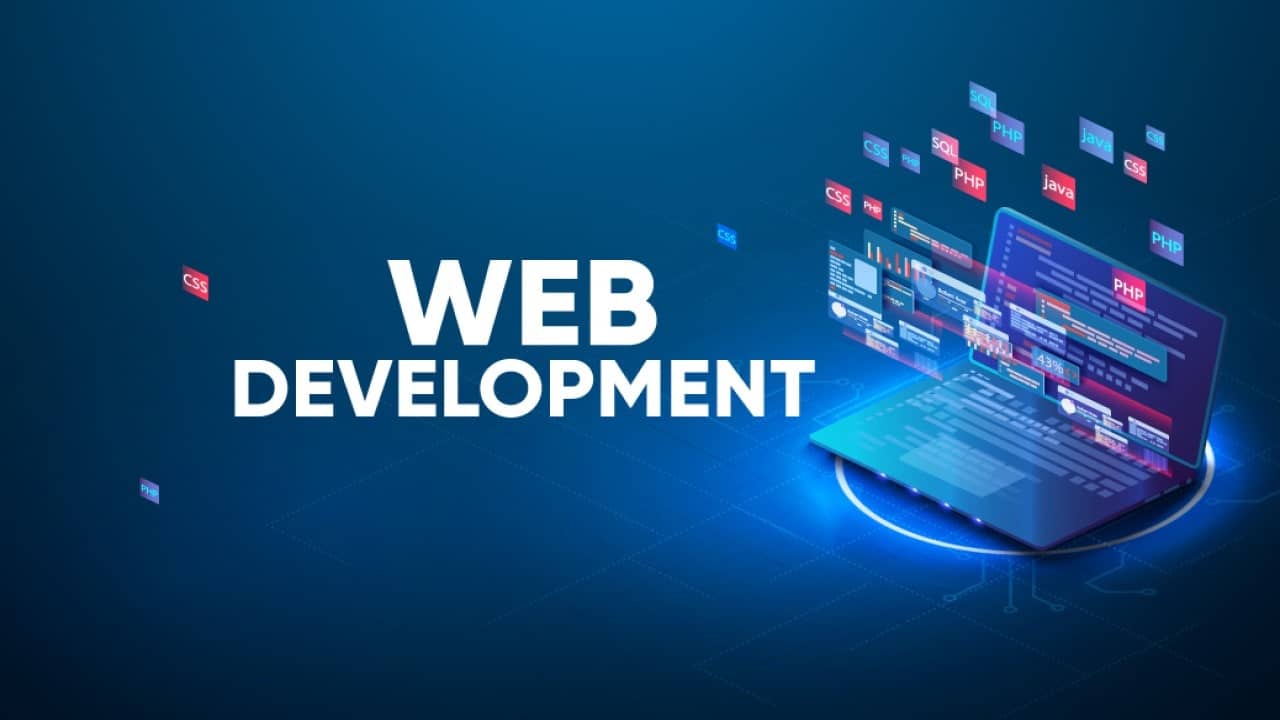17 Jun
Web Development - Best Summer Training Institute in Varanasi .
Internship Topic: Creating Responsive Web Applications and Enhancing User Experience Through Design
Project Overview
This internship focuses on developing responsive web applications and enhancing user experience (UX) through thoughtful design. The student will learn to create web applications that function seamlessly across various devices and screen sizes while ensuring an intuitive and engaging user interface (UI).
Project Objectives
- Develop a responsive web application using modern web technologies.
- Implement best practices for responsive design to ensure compatibility across different devices.
- Enhance the user experience by applying UX design principles.
- Conduct user testing to gather feedback and iterate on the design.
Learning Outcomes
- Proficiency in front-end web development technologies (HTML, CSS, JavaScript).
- Understanding of responsive design techniques and frameworks.
- Knowledge of UX design principles and best practices.
- Experience in user testing and iterative design processes.
Project Phases and Tasks
Phase 1: Preparation and Planning
Task 1: Define the Project Scope
- Identify the purpose and goals of the web application.
- Determine the target audience and key features required.
Task 2: Research and Planning
- Review existing responsive web applications for inspiration.
- Create a project plan with milestones and deliverables.
Phase 2: Development of Responsive Web Application
Task 1: Set Up the Development Environment
- Choose a technology stack (e.g., HTML, CSS, JavaScript, React, Angular, or Vue.js).
- Set up version control using Git.
Task 2: Design Wireframes and Prototypes
- Create wireframes to outline the layout and structure of the application.
- Develop interactive prototypes using tools like Figma, Adobe XD, or Sketch.
Task 3: Implement Responsive Design
- Use HTML and CSS to create a responsive layout with a mobile-first approach.
- Implement CSS media queries to handle different screen sizes.
- Use a responsive design framework like Bootstrap or Tailwind CSS for rapid development.
Task 4: Develop Core Features
- Implement the core features and functionality of the web application.
- Use JavaScript (and frameworks like React, Angular, or Vue.js) to add interactivity.
- Ensure that all features are accessible and functional across various devices.
Phase 3: Enhancing User Experience (UX) Through Design
Task 1: Apply UX Design Principles
- Focus on usability, accessibility, and aesthetics.
- Implement intuitive navigation, clear calls to action, and consistent branding.
Task 2: Optimize Performance
- Optimize images, scripts, and stylesheets for faster loading times.
- Implement lazy loading and code splitting where necessary.
Task 3: Conduct User Testing
- Create user personas and scenarios for testing.
- Conduct usability tests with real users to gather feedback.
- Analyze the feedback and identify areas for improvement.
Task 4: Iterate on the Design
- Make iterative improvements based on user feedback.
- Refine the UI/UX to enhance overall user satisfaction.
Phase 4: Final Testing and Deployment
Task 1: Cross-Browser and Cross-Device Testing
- Test the web application across different browsers (Chrome, Firefox, Safari, Edge) and devices (desktop, tablet, mobile).
- Fix any compatibility issues that arise.
Task 2: Final QA Testing
- Conduct thorough quality assurance testing to ensure all features work as expected.
- Check for any remaining bugs or issues.
Task 3: Deployment
- Choose a hosting platform (e.g., Netlify, Vercel, AWS).
- Deploy the web application to a live server.
- Set up continuous integration/continuous deployment (CI/CD) pipelines for future updates.
Tools and Resources
- Development: HTML, CSS, JavaScript, React/Angular/Vue.js, Bootstrap/Tailwind CSS
- Design: Figma, Adobe XD, Sketch
- Version Control: Git, GitHub/GitLab/Bitbucket
- Testing: BrowserStack, Lighthouse, Google Analytics
- Deployment: Netlify, Vercel, AWS, Heroku
Deliverables
- Project Plan: Scope, goals, and milestones.
- Wireframes and Prototypes: Initial design layouts and interactive prototypes.
- Responsive Web Application: Fully functional web application with responsive design.
- User Testing Reports: Feedback and analysis from usability tests.
- Final Application: Refined and optimized web application ready for deployment.
- Documentation: Comprehensive documentation covering development, design, testing, and deployment processes.
Skills and Knowledge Required
- Basic understanding of HTML, CSS, and JavaScript.
- Familiarity with front-end frameworks (React, Angular, or Vue.js).
- Knowledge of responsive design principles and CSS frameworks.
- Understanding of UX design principles and user testing methodologies.
- Strong problem-solving and analytical skills.
- Good communication skills for documentation and presentations.
This internship project will provide the student with hands-on experience in web development and UX design, equipping them with the skills needed to create responsive, user-friendly web applications.
